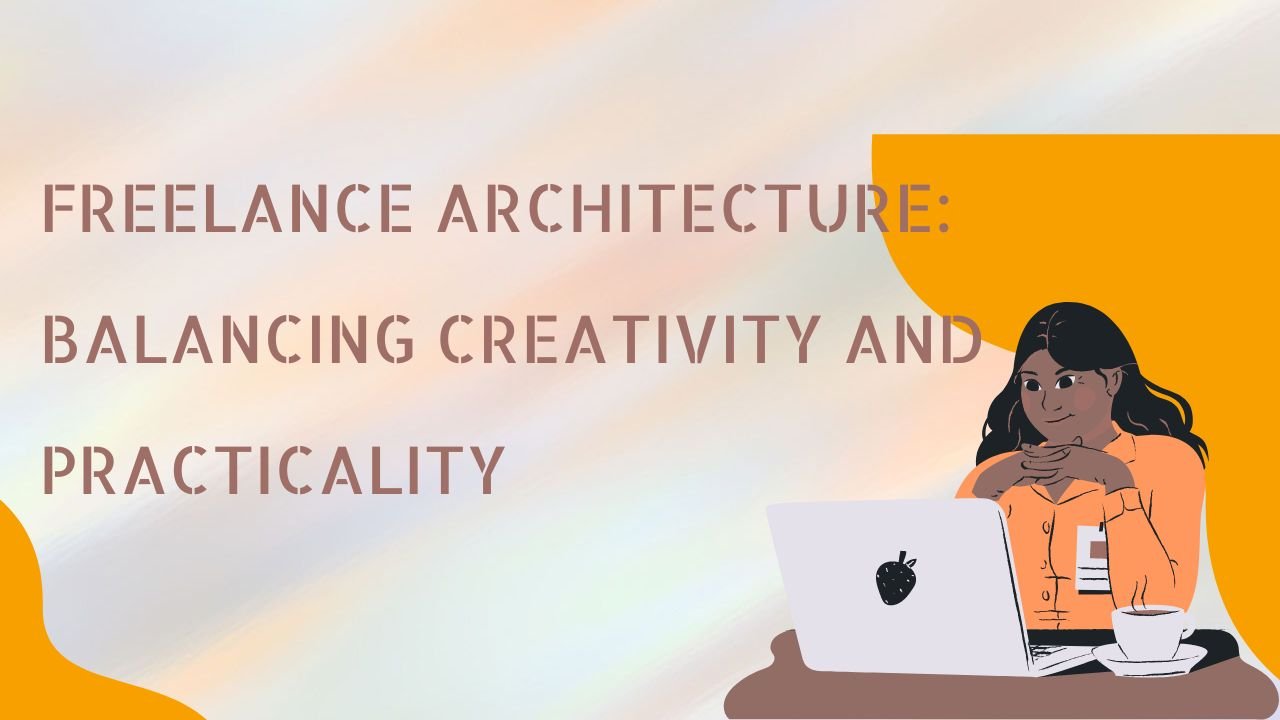Freelancing is a popular career choice for many creative professionals who want to have more control over their work, time and income. However, freelancing also comes with its own set of challenges and risks that need to be managed carefully. In this article, we will explore some of the benefits and drawbacks of freelancing in the creative industry, as well as some tips and resources to help you succeed as a creative freelancer.
What is freelancing in the creative industry?
Freelancing in the creative industry means working as an independent contractor or self-employed person who provides creative services or products to clients on a project-by-project basis. These services or products can include writing, editing, graphic design, photography, video production, music, art, animation, web development and more.
Freelancers in the creative industry can work for a variety of clients, such as individuals, businesses, organizations, agencies or media outlets. They can also work across different platforms and formats, such as online, print, broadcast or live events. Freelancers can choose their own rates, schedules and working methods, as well as the type and scope of projects they take on.
What are the advantages of freelancing in the creative industry?
Freelancing in the creative industry can offer many benefits for creative professionals who want to pursue their passion and showcase their talent. Some of the advantages of freelancing in the creative industry are:
- Flexibility: Freelancers can set their own hours and work from anywhere they want, as long as they have the necessary tools and equipment. They can also adjust their workload according to their availability, preferences and goals.
- Creativity: Freelancers can explore different types of projects and clients that suit their interests and skills. They can also experiment with new ideas and techniques without being constrained by a fixed job description or employer expectations.
- Autonomy: Freelancers can make their own decisions about how to run their business and manage their projects. They can also negotiate their own terms and conditions with clients, such as deadlines, fees and deliverables.
- Diversity: Freelancers can work with a variety of clients and projects that expose them to different perspectives, cultures and industries. They can also network with other creative professionals and learn from their experiences and feedback.
- Income: Freelancers can potentially earn more money than employees by charging higher rates or taking on more projects. They can also benefit from tax deductions for certain expenses related to their business.
What are the challenges of freelancing in the creative industry?
Freelancing in the creative industry is not without its challenges and risks that need to be considered and addressed by creative professionals who want to succeed as freelancers. Some of the challenges of freelancing in the creative industry are:
- Uncertainty: Freelancers may face irregular income, unstable demand and unpredictable workload depending on the market conditions and client needs. They may also have to deal with late payments, non-payments or scope creep from clients.
- Competition: Freelancers may face fierce competition from other freelancers or agencies who offer similar or better services or products at lower prices or faster turnaround times. They may also have to cope with changing trends and technologies that affect their skills and relevance.
- Isolation: Freelancers may feel lonely or disconnected from other people due to working alone or remotely most of the time. They may also lack social support or professional guidance from colleagues or mentors.
- Stress: Freelancers may experience high levels of stress due to juggling multiple projects and clients, meeting tight deadlines, managing client expectations and handling feedback or complaints. They may also struggle with balancing their work and personal life.
- Responsibility: Freelancers are responsible for all aspects of their business, such as marketing, accounting, legal, administrative and technical tasks. They may also have to invest in their own equipment, software, training and insurance.
How to succeed as a freelancer in the creative industry?
Freelancing in the creative industry can be rewarding and fulfilling if you are prepared for the challenges and opportunities that come with it. Here are some tips and resources to help you succeed as a freelancer in the creative industry:
- Build your portfolio: A portfolio is a collection of your best work that showcases your skills, style and achievements. It is essential for attracting potential clients and demonstrating your value proposition. You can create your portfolio online using platforms such as Behance, Dribbble, Medium or WordPress, or offline using a PDF or a printed book. You should update your portfolio regularly with your latest and most relevant work, and tailor it to your target audience and niche.
- Market yourself: Marketing yourself is the process of promoting your services or products to potential clients and building your reputation and visibility. You can market yourself online using platforms such as LinkedIn, Twitter, Instagram or YouTube, or offline using business cards, flyers or word-of-mouth. You should also create a website or a blog that showcases your portfolio, testimonials, contact details and other information that can help you stand out from the crowd.
- Network with others: Networking with others is the process of connecting and communicating with other creative professionals and potential clients who can offer you opportunities, referrals, advice or support. You can network with others online using platforms such as Facebook, Reddit, Slack or Meetup, or offline using events, workshops or conferences. You should also join professional associations or communities that are relevant to your field or niche, such as the Creative Industries Federation, the Association of Freelance Writers or the Society of Authors.
- Manage your projects: Managing your projects is the process of planning, organizing and executing your work for your clients in an efficient and effective manner. You can manage your projects online using tools such as Trello, Asana, Google Docs or Dropbox, or offline using calendars, notebooks or spreadsheets. You should also use contracts, invoices and receipts to document your agreements, payments and expenses with your clients.
- Develop your skills: Developing your skills is the process of learning new knowledge and techniques that can improve your performance and competitiveness as a creative freelancer. You can develop your skills online using courses, podcasts, blogs or books, or offline using mentors, coaches or peers. You should also seek feedback from your clients and other creative professionals to identify your strengths and weaknesses and areas for improvement.
Conclusion
Freelancing in the creative industry can be a rewarding career choice for creative professionals who want to have more control over their work, time and income. However, freelancing also comes with its own set of challenges and risks that need to be managed carefully. By following the tips and resources in this article, you can prepare yourself for the benefits and drawbacks of freelancing in the creative industry and achieve success as a creative freelancer.




